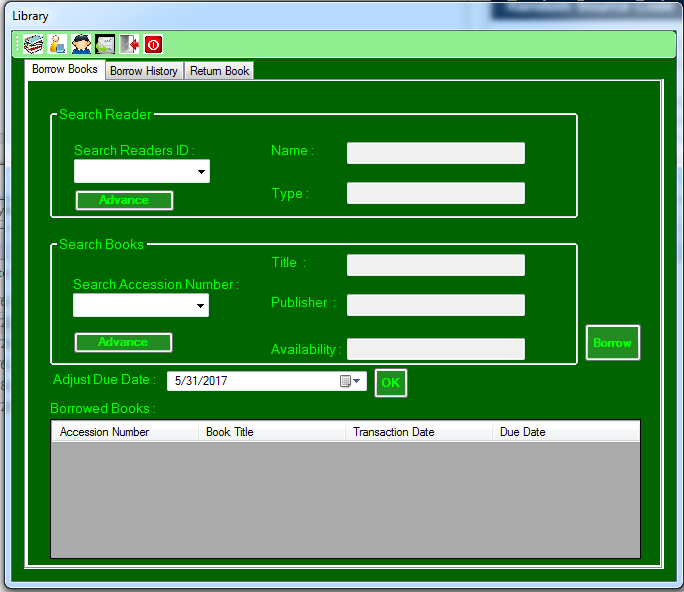

Subsequently, several organizations started using computers not only for generation and printing of indices but also for creation of computer readable databases, By early 1970s, several published indexing and abstracting journals, such as Biological Abstracts, Chemical Abstracts, Index Medicus, etc. The use of computers for information storage and retrieval began with the production of computer-generated and printed indices for scientific and technical literature in 1960s. Computers are not only used as a data processing tool, but also for information storage, access and retrieval. The application of computers avoid repetitive jobs and save labour and time both for users as well as outside the library staff. Computers are increasingly used in libraries both for internal operations as well as for accessing information that is available in the four walls of the library. Libraries are known for using Information and Communication Technology (ICT) both for automation of its routine activities as well as for providing search services to the users. Recent trends in library automation include the growing importance of "add-ons" mostly related to the delivery of digital content (link resolvers, portal and metasearch interfaces, and e-resource management modules often provided by third-party vendors), better integration with the Web environment (rewriting fat PC clients as browser applications, using XML and style sheets for display, and developing XML import and export capabilities) and for academic libraries, closer integration of library systems with learning management systems.²


The library automation field is currently dominated by a handful of systems vendors (Auto-Graphics, EOS International, Ex Libris, Follett, Innovative Interfaces, Polaris Library Systems, SirsiDynix, TLC, and VTLS).² In Library Science automation is ‘the technology concerned with the design and development of the process and system that minimizes the necessity of human intervention in their operation.’¹īeginning in the 1960s with the development of the machine-readable catalog record (MARC), the process of automation has expanded to include the core functions of acquisitions, cataloging and authority control, serials control, circulation and inventory, and interlibrary loan and document delivery. The main purpose of library automation is to free the librarians and library staff and to allow them to contribute more meaningfully to the spread of knowledge and information. Automation is a process of using machinery for easily working and saving human power and time.


 0 kommentar(er)
0 kommentar(er)
